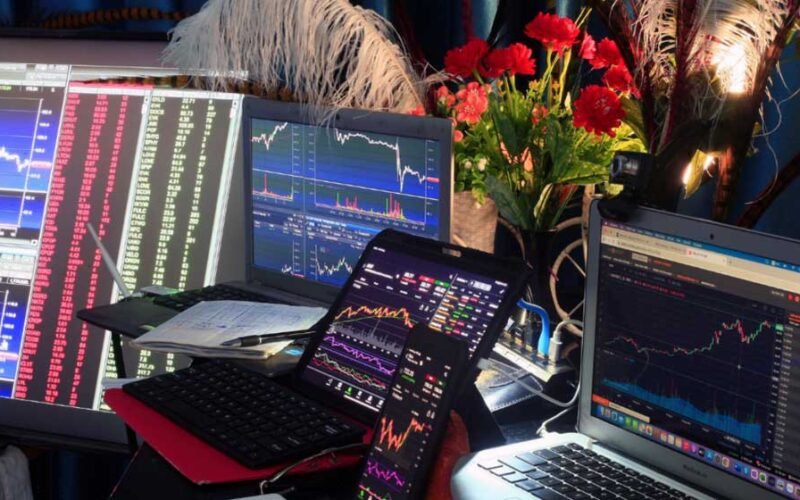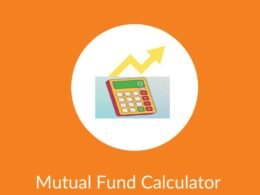There was a time when conviction alone could carry an investor through the markets. In 2025, the edge belongs to those who learn faster, adapt quicker, and act on data, not just instinct. The most successful traders and investors this year aren’t just studying the market. They’re studying how their process performs under pressure and they’re updating it constantly.
What works in Q1 may underperform in Q3. What separates winning investors in 2025 is the ability to treat markets as a continuous feedback loop, not a final exam. If you’re still using the same tools, routines, and mental models you were two years ago, you’re already behind.
The 2025 Market Demands More Than Technical Mastery
Markets today aren’t just complex — they’re multilayered. You’re not just trading price action anymore — you’re navigating:
- Central bank communication shifts and AI-interpreted sentiment scores
- Predictive liquidity flows triggered by smart order routing systems
- Volatility regimes that no longer respond to historical averages
- Risk cycles driven by geopolitical developments, not just economic data
That is why serious traders in 2025 are turning to a trading academy to build the kind of strategic foundation that goes beyond technical indicators. It’s no longer enough to know how to read a chart or run a model.
You need to understand how markets absorb and respond to new information. And that means your own process needs to be built on real-time data, evolving logic, and regular post-trade review.
The Smart Investor Is a Systems Thinker
What’s changed is that smart investors now operate like engineers. They don’t just follow markets — they build systems to interpret and respond to them.
This includes:
- Structured journaling:Using tools to log every trade, decision point, and outcome — not just P&L
- Strategy iteration: Reviewing setups monthly to identify drift, decay, or edge compression
- Data loops:Feeding trade outcomes back into model refinements and risk protocols
- Behavior tracking: Studying how your psychology shifts during different market conditions
In 2025, top traders run their performance the way tech companies run product development: constant versioning, with feedback loops baked in. They don’t wait for a drawdown to re-evaluate. They expect conditions to change, and update accordingly.
Real Example: USD/JPY and Adaptive Thinking
In March 2025, many traders shorted USD/JPY after the BoJ hinted at tightening. The technicals aligned. Sentiment was bearish. Fundamentals pointed lower. But the move stalled. Price chopped for five sessions, then reversed.
What did the smart investors do? They didn’t double down. They checked the flow data, reassessed the narrative, and adjusted exposure.
Why? Because they’ve learned to treat every trade as a test — not a statement. Their system was not just “short USD/JPY on BoJ shift.” It was “short when sentiment, liquidity, and structure align — and when they don’t, stand down.”
This is the mindset of continuous learning. You’re not attached to your thesis. You’re attached to your process.
The Role of Data in Learning Faster
Data is not just for quants. In 2025, even discretionary traders are using behavioral analytics, volatility models, and outcome tagging to learn faster.
For example:
- Tracking win/loss ratios by time of day or market session
- Tagging trades by setup type and context, not just entry
- Measuring how often you deviate from your plan — and what that costs
- Using forward testing environments to validate new tactics before going live
Smart investors today don’t just ask “Did the trade win?” They ask:
- Did I follow my plan?
- Was the market confirming my bias?
- Did I trade my edge or my ego?
The answers to these questions come from data. Not memory.
Why Most Traders Don’t Improve (And How You Can)
The uncomfortable truth is most traders stagnate. Not because they lack intelligence — but because they lack systems for structured learning.
They trade. They react. They remember the wins. They forget the flaws.
Here’s what the top 10% do differently:
- They journal in detail. Not for the sake of logging, but to identify patterns.
- They review in cycles. Weekly micro-reviews, monthly performance audits, quarterly strategy reviews.
- They measure what matters. Win rate is nice, but expectancy and execution quality matter more.
- They separate skill from variance. One good week doesn’t mean the strategy is valid. It means the environment was favorable.
They treat the process like a portfolio itself: constantly rebalanced, constantly reviewed.
Learning Isn’t Passive — It’s a Weapon
The best traders in 2025 read macro reports, study AI model behavior, test new execution tactics, and refine their edge weekly. This isn’t academic. It’s aggressive learning.
Here are some of the things they’re doing:
- Reading central bank minutes to model narrative drift
- Backtesting volatility-adaptive stops using machine learning
- Adjusting exposure based on sector rotation or risk-on/risk-off cycles
- Tracking their emotional state during wins and losses and adjusting schedule or session windows accordingly
They are not relying on motivation. They are relying on feedback. That’s the real edge now — being able to build, test, break, and rebuild better than the next guy.
The New “Smart Money” Is the Fastest Learner
Smart money” once meant institutions. In 2025, smart money means smart process.
That could be a discretionary swing trader using AI overlays to track sentiment. Or a retail trader running rule-based setups with automated journaling and adaptive risk logic.
It’s not about your size. It’s about your ability to build a learning loop faster than the market changes its behavior. This is why continuous learning is not a side activity. It’s the core operating system behind real capital growth.
Final Thought: You Don’t Need More Signals — You Need More Feedback
Every trader wants an edge. Most look for it in indicators, indicators, and more indicators.
But in 2025, edge comes from reflection. From refining your setups based on real-world performance. From adjusting your risk protocols when market tempo changes. From testing your beliefs before the market does it for you.
To trade at a high level today, you need more than good entries. You need a process that learns. Because the traders winning in 2025 are not the ones with the most complex strategy — they’re the ones with the most honest system.










